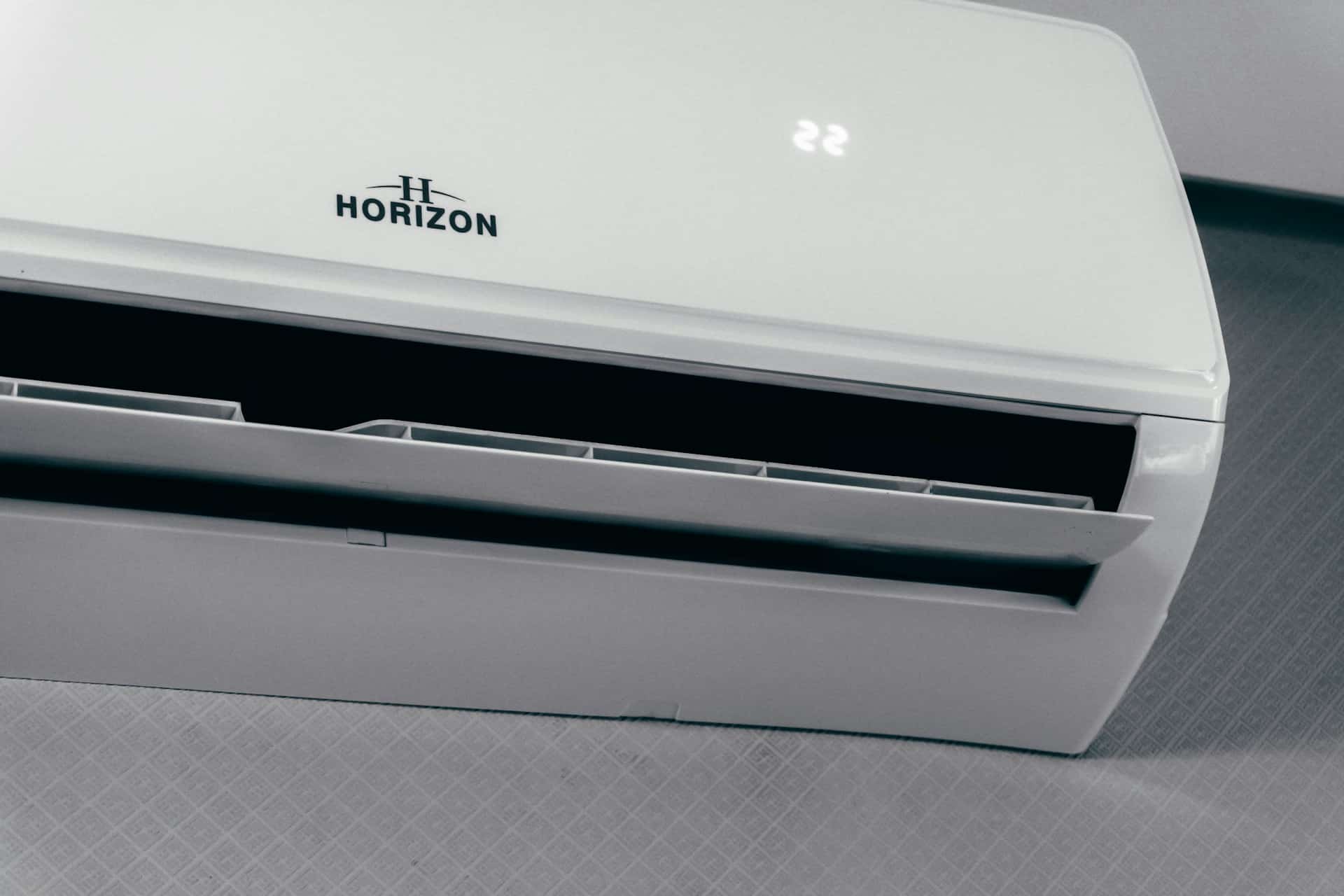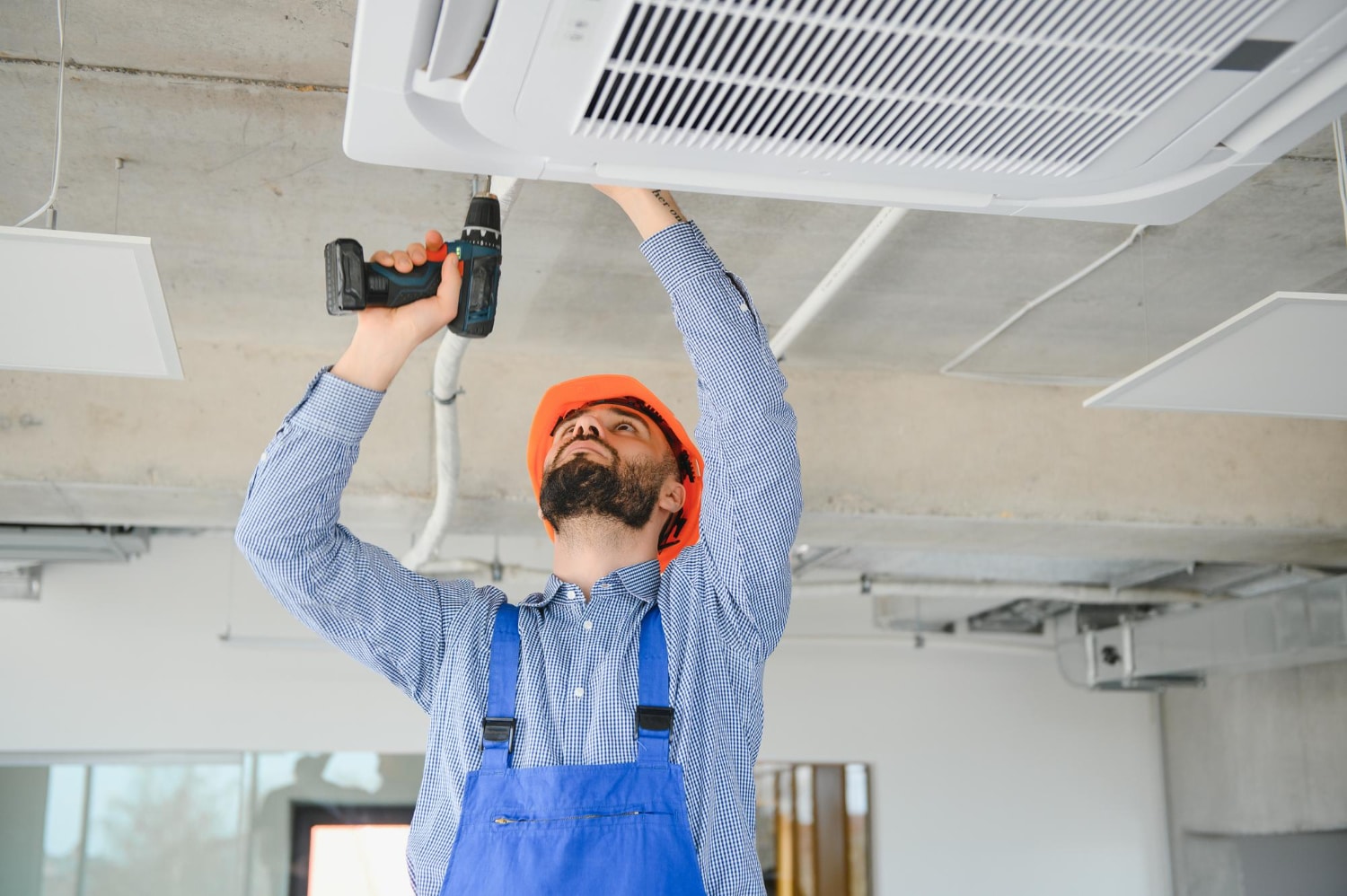Thinking about how to get air conditioning in your house? Whether you’re tired of a noisy window unit or ready to upgrade your cooling system, installing central AC can be a game changer. A properly installed central air conditioner brings cool air to every room and boosts your home’s comfort fast. Not sure how to install central air conditioner? Wondering about the installation process or how to add air conditioning to a house with no existing ductwork? This guide covers it all—from placing outdoor units and connecting refrigerant lines to setting up electrical connections and ensuring proper airflow.
Whether you’re installing central AC for the first time or upgrading your current air conditioning system, we’ll show you how to install a central air unit step by step. Say goodbye to hot spots and hello to whole-house cooling with a powerful central air conditioning setup.
Ready to get started? Let’s break down how to install central air the right way.
Why Choose Central Air Conditioning?
If you’re wondering whether it’s worth the investment, central air conditioning has some serious perks. Unlike a window unit, which only cools a single room (and usually pretty noisily), a central air system cools your entire house evenly and efficiently. It uses a combination of an indoor unit, outdoor units, and your existing ductwork—if available—to circulate cool air through every space.
So, what makes central AC such a popular choice for homeowners?
Benefits of a Central Air Conditioning System
- Efficient cooling throughout the house – Every room stays at a consistent, comfortable temperature, so there’s no need to camp out in the living room just to stay cool.
- Quieter than a standalone air conditioner – The loud hum of a window unit becomes a thing of the past. Most of the noise from a central air system stays outside with the compressor and condenser.
- Adds resale value to your home – A professionally installed cooling system is a major selling point, making your house more attractive to potential buyers.
Simply put, if you want consistent comfort and a more modern way to get air conditioning, installing central AC is a smart move.
Types of Central Air Conditioners

Credit: metfabheating.com
Before you install central air, it’s smart to know your options. Not all central air systems are the same. The right choice depends on your house, climate, and budget. Here’s a look at the main types of central air conditioners.
Split System Air Conditioner
This is the most common central AC setup. It includes:
- An indoor unit (evaporator coil and air handler)
- An outdoor unit (compressor and condenser)
- Refrigerant lines connecting both units
Split system air conditioners use existing ductwork to push cool air throughout your house. They’re efficient and ideal for homes with ducts already in place.
Packaged Central Air Conditioning System
In this system, all components—the compressor, condenser, and evaporator—are housed in one outdoor unit.
Great for:
- Smaller homes
- Homes without much indoor space
- Easier installation process
These units sit outside, often on rooftops or slabs, and connect to ducts indoors. They’re simple to install but may not be as energy-efficient as split systems.
Ductless Mini-Split System
Not exactly a traditional central air conditioner, but a great option when:
- You don’t have existing ductwork
- You want to add air conditioning to a house without a full remodel
Each room gets its own indoor unit, controlled independently. The outdoor unit still houses the compressor and condenser. No ducts mean faster install time and better energy efficiency.
Hybrid Central Air Conditioning System
Hybrid systems combine a gas furnace with an electric AC unit. The system switches between energy sources to save money and reduce emissions.
Best for
- Areas with fluctuating temperatures
- Homeowners wanting energy flexibility
- Those upgrading their entire HVAC system
It offers the same cooling performance as a traditional air conditioning unit with added cost control.
Geothermal Central Air Systems
These high-efficiency systems use the stable underground temperature to cool and heat your house. A network of pipes runs below your yard, circulating water or coolant.
Pros
- Ultra-efficient
- Quiet
- Long-lasting
Cons
- Expensive upfront installation process
- Requires space for underground loops
Knowing your options helps you decide how to install air conditioning in a house that fits your goals. Whether it’s a split system air conditioner, packaged unit, or ductless solution, you’ll find a system that brings cool air to every room.
How Do You Install Central Air?

Here’s a step-by-step breakdown of how to install a central air conditioner. This applies whether you’re doing a fresh install or adding air conditioning to a house that already has ductwork.
Step 1: Evaluate Your Home and Needs
Before you install central AC, assess:
- Size of your house
- Condition of existing ductwork
- Preferred split system air conditioner or package unit
Check the British Thermal Unit (BTU) rating you need. A professional can help size your air conditioning system correctly.
Step 2: Choose the Right Central AC Unit
The heart of the air conditioning system is the compressor and condenser. These sit in the outdoor units. The indoor unit contains the evaporator coil and connects through refrigerant lines.
Pick an AC unit that fits your home size and energy needs. Higher SEER ratings mean better efficiency.
Step 3: Prepare the Ductwork and Vents
If your house already has ducts (from a heating or HVAC system), inspect for leaks and obstructions. Good ducts ensure proper airflow. If you don’t have ducts, you’ll need new ones before you install cooling system components.
Step 4: Set Up the Outdoor and Indoor Units
Now the real installing begins.
Outdoor unit steps:
- Mount the compressor and condenser on a concrete pad
- Ensure space for ventilation
- Connect refrigerant lines to the indoor unit
Indoor unit steps:
- Install near furnace or air handler
- Link to ducts for proper airflow
- Add drain lines to manage moisture
Step 5: Make Electrical Connections
How to install central air safely? Bring in an electrician. Your air conditioner needs a dedicated breaker and grounding. Connect the air conditioning unit to your main power.
Step 6: Test and Recharge the System
Once wired, check:
- Electrical connections
- Thermostat response
- Refrigerant lines for leaks

Credit: thisoldhouse.com
Then, recharge the system with refrigerant and test the entire air conditioning system.
How to Add Air Conditioning to a House Without Ducts?
No existing ductwork? You can still get air conditioning by:
- Installing a ductless split system air conditioner
- Adding ducts during a renovation
- Using high-velocity mini-duct systems
Each option has pros and cons. Ductless systems are quicker to install but may not look as seamless.
Professional vs. DIY: Should You Install It Yourself?
How do you install central air on your own? It’s possible—but complex.
💡Pros of hiring a pro!
- Faster installation process
- Ensures correct sizing and setup
- Meets code for electrical connections and refrigerant
DIY installation risks voiding warranties and could lead to costly mistakes. It’s better to work with certified HVAC technicians AND folks; the GOOD news is that JLM offer the best of best services for a proper AC installation. So, hurry up and contact us ASAP!
The Bottom Line
Installing central AC can boost home comfort and value. Whether you’re upgrading or adding a new air conditioning unit, understanding how to install air conditioning in a house prepares you for success. Focus on: Choosing the right air conditioning system, ensuring proper airflow, connecting safe electrical connections.
When in doubt, let professionals install central air and enjoy reliable cool air all summer long.
KEEP IT COOL! ❄️



